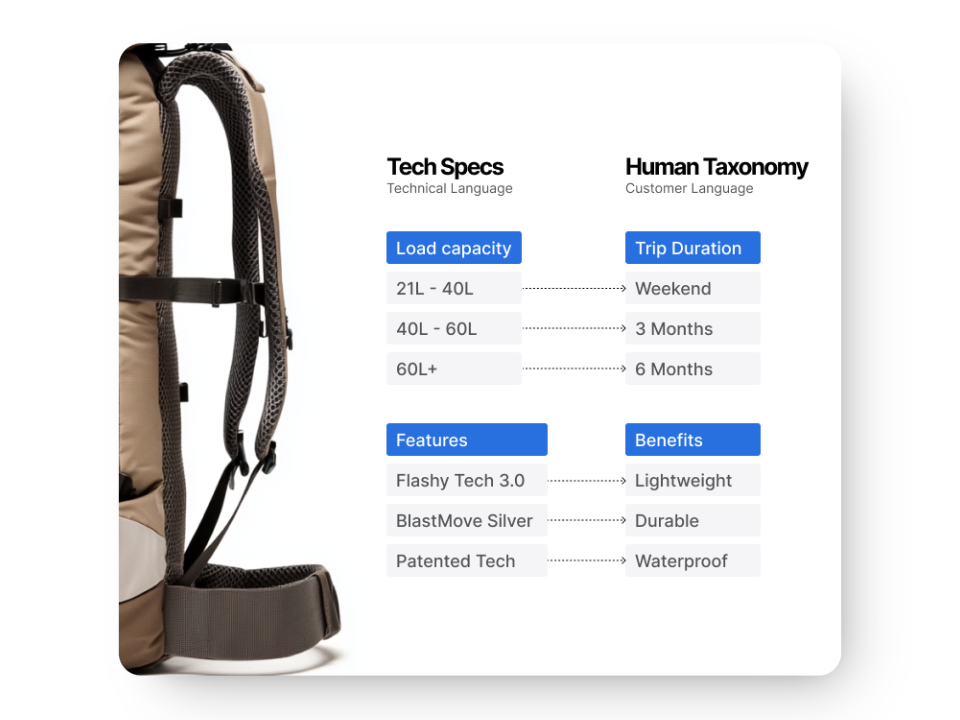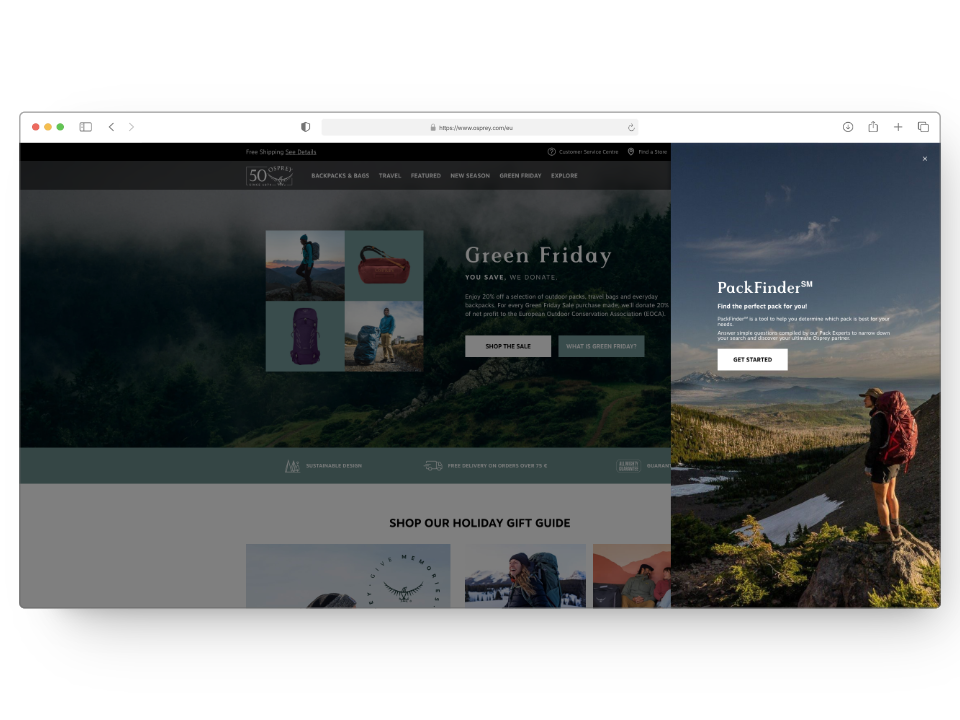
Seeing potential customers browse a site only to leave without purchasing is the bane of a modern retailer’s existence. Many eCommerce businesses overlook the heart of the problem: the product discovery factor. When shoppers can’t find what they are looking for, they frustrate themselves. Even the smallest frictions will lead to lost revenue, not because the products are not great but because customers simply can’t discover them easily.
Shoppers expect smooth guidance to the products they want. But all too often, they encounter overwhelming catalogs, confusing filters, and irrelevant recommendations. The result? No purchases and cart abandonments. The good news is that improving product discovery can transform these challenges into opportunities thanks to a few well-utilized strategies.
This blog post reveals 5 tactics to improve overall product discovery, honing in on specific ideas that will boost customer experiences. All retailers can create smooth, engaging, and highly effective shopping journeys - here’s how:
An effective on-site search bar is a cornerstone of healthy product discovery. Customers often turn to the search function when they have specific items in mind, and a well-optimized search feature can make or break their shopping experience. An unresponsive search bar frustrates users, leading to cart abandonment or site exits, while a fully functional one keeps them engaged.
When search functionality is optimized, customers can navigate large inventories more easily, avoiding the overwhelming feeling that often comes with too many options. It makes customers feel the platform understands and matches their needs.
Some of the features you can implement are:

When they land on an eCommerce store, customers want to see recommendations that perfectly align with their needs, past purchases, and current interests. Leveraging data to create personalized experiences is a proven tactic for boosting product discovery, increasing engagement rates, and driving more conversions.
Online businesses should analyze customer behavior to predict which products customers are likely to purchase next. This approach eliminates the guesswork for shoppers and makes the browsing experience on-point. For example, a customer who frequently buys fitness apparel can get recommendations for the latest running shoes or sportswear, increasing the chance of adding those items to their cart.
Artificial intelligence (AI) can analyze loads of customer data to deliver hyper-targeted recommendations. These algorithms continuously learn and adapt to user behavior, making the “Recommended for You” sections on the site always relevant. Such tailored suggestions boost cross-selling opportunities and make product discovery easier than before.
One example of the success of personalized recommendations is Amazon, whose recommendation engine generates over 35% of its total sales. With AI, Amazon tailors its suggestions to individual shoppers, making it easier for them to discover products they need but not have actively searched for. This approach has cemented Amazon’s dominance and set the gold standard for personalized eCommerce experiences.
With mobile devices driving the majority of eCommerce traffic today, offering a smooth mobile shopping experience has become crucial for boosting conversions. Shoppers increasingly turn to their smartphones to browse, compare, and purchase products, which makes mobile usability an important element in improving product discovery. Mobile optimization also strengthens a brand's credibility, as customers are more likely to trust retailers who prioritize user experience on their preferred devices.
Key features to implement for better mobile usability are:
To maximize product discovery, every page on your website should contribute to guiding customers toward products they will love. The goal is to integrate discovery into every touchpoint of the customer journey, ensuring that no matter where they land, they are motivated to explore more. Here’s how to achieve it:
Product-Driven Content: Each page should feature relevant products that naturally complement the content. On a blog page, include product recommendations related to the topic or article to drive interest and engagement.

A Product Advisor is a digital sales assistant tailored to elevate the customer experience better than standard eCommerce tools. It offers step-by-step guidance, helping shoppers navigate product options and get personalized recommendations easily. If your customers are searching for a specific item or exploring some product possibilities, the Product Advisor narrows down choices based on individual preferences, needs, and past searches.
This combination of personalization and ease of use helps customers make better decisions and build trust with the brand, positioning your eCommerce store as a customer-centric destination for everyone. That’s the reason why you should consider a tool that recommends the perfect product every time in a data-compliant way.
Feel free to position the Product Advisor in any section of your website to offer on-point product recommendations at every step. If you prioritize engaging user experiences, additional coding and professional services are available for customization, allowing you to tailor your guided selling strategy exactly to your brand requirements. With Crobox, you can answer the who, what, where, and how of the product interactions - making customers feel understood and well-treated.
As eCommerce becomes more saturated by the day, smooth product discovery is more important than ever for keeping shoppers engaged. Some tips:
Don’t hesitate to book a demo and dive deeper into individual product insights to optimize your eCommerce discovery strategy firsthand.